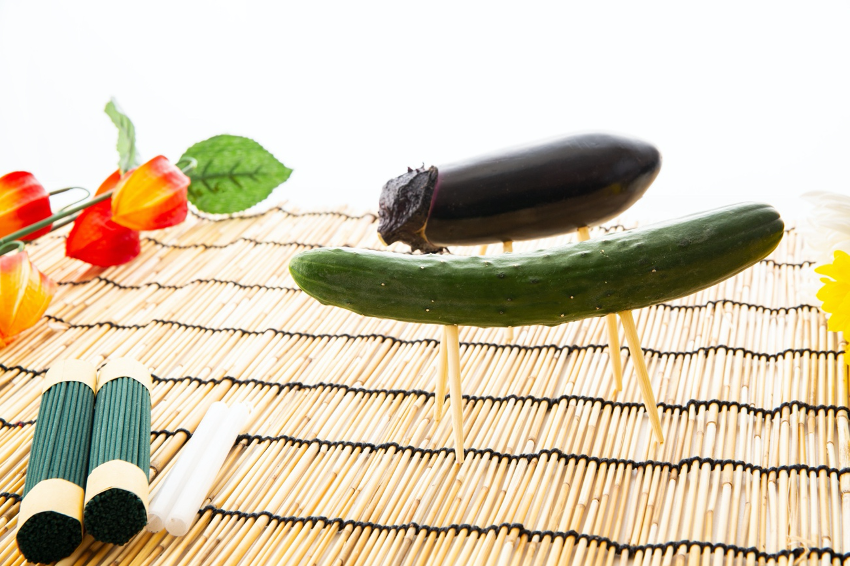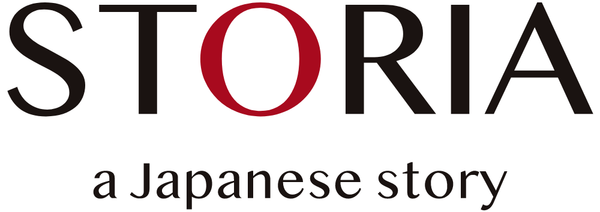Another name for August is Hazuki. August is still the hottest month of summer in Japan, but according to the lunar calendar it falls in autumn, therefore it is said that the name Hazuki is short for "the month when the leaves (Ha in Japanese) of trees begin to fall".
August is the month of Obon or Bon. In Japan, when happy and joyous occasions coincide, people say, "It is as if Obon and New Year have come together". This article introduces how to spend Obon which is such an important event for Japanese people.
What is Obon?
Obon is a ceremony for the memorial service of ancestors held mainly on August 15, officially called "Urabonne". Urabonne is a transliteration of the ancient Indian Sanskrit word "Ullambana" which means "upside down". It is a Buddhist event held to make offerings to the suffering dead who have fallen into hell or the hungry ghost path and are now hanging upside down. The ancient Japanese belief in ancestral spirits was fused with this event to form the current form of Obon.
Japanese people believe that during Obon, the spirits of ancestors return from the afterlife to this world to spend a few days with their families, and then return to the other world after the Obon season is over. The period during which the ancestors spend in this world is called "Chūnichi", and is spent by inviting a Buddhist priest to one's home to recite sutras, or by gathering with one's family and relatives for a dinner.
The timing of Obon varies from region to region, but generally refers to the three to four days around August 15. Many companies offer Obon holidays during this period, so many people return home or travel during this time. Although there are many ways to spend Obon, not only as a Buddhist event, one thing is clear: Obon is a special time for the Japanese.
Obon-related events
Visiting the Grave
Japanese people are generally buried in the same single grave for generations of ancestors. For this reason, visiting graves has become a well-established event for making offerings to ancestors. When visiting the grave, you clean the gravestone and the surrounding area, offer incense sticks, flowers, sweets and alcohol that the deceased loved, and pray quietly. This is done to remember them and to express gratitude.
Obon Decorations
During the Obon season, there is a custom of decorating cucumbers as fast horses and eggplants as slow cows, called "Shoryo-uma". These are used as vehicles for the ancestors to travel between this world and the next. The horse represents the wish that the spirits of the ancestors will return quickly from the other world, and the cow represents the wish that they will return slowly to the other world.

Welcoming and sending off fires
The welcoming fire is a fire that is lit at the entrance or in the garden to guide the ancestral spirits so that they will not be lost. The sending fire is a fire to see them off as they return to the other world. In some cases, Obon lanterns are lit instead of a fire.
Bon Odori
Bon Odori is a dance in which men and women of all ages gather in a circle during the Bon Festival to dance to the music of rhythm and songs. It is not just a dance, but is held to entertain the ancestors returning home for the Bon Festival and to make offerings to them.

Lantern Floating
A type of Obon fire in which offerings are placed on handmade lanterns and floated into the river or ocean to mourn the spirits of the deceased by the bereaved families of those who died before the Bon festival. The sight of pale light slowly flowing on the surface of the water is fantastic.

Famous Obon Events
Daimonji Gozan-no-Okuribi
This is a traditional Kyoto event held annually on August 16, and is commonly known as "Daimonji Yaki". The five mountains surrounding Kyoto are lit in the shapes of characters and figures named "Daimonji", "Hidari Daimonji", "Myoho", "Funagata", and "Torii" respectively. The bonfires that light up the summer night sky in red are a sight to behold.

Lantern Floating Ceremony in Nagasaki
This is a traditional Nagasaki event to send the deceased off to the Pure Land of Ultimate Bliss in a lively atmosphere. On the night of Obon, the spirits of the deceased are carried on a boat called "Shoryo-bune" and paraded through the town while setting off firecrackers and fireworks. The setting off of firecrackers is meant to ward off evil spirits. You will be surprised at the intensity and loudness of the festival when you see it up close.
Stories related to the four seasons
- January, A Harmonious Family Moment
- February, Demons Out! Fortune In!
- March, Hina Festival for Girls
- April, Cherry blossoms in full bloom
- May, Carp streamers swimming in the sky
- June, Rain falls when plum fruits are ripening
- July, Lovers Meeting across the Milky way on Tanabata
- August, Obon to welcome ancestors back home
- September, Can you see the moon rabbit?
- October, When 8 million deities gather at Izumo Taisha
- November, Shichi-Go-San Festival to celebrate kids' growth
- December, Japanese way of spending Christmas

